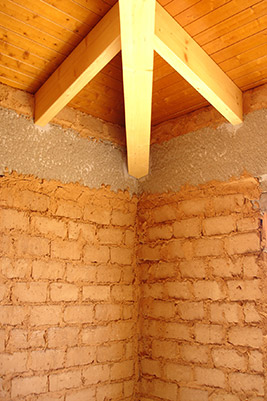Is there a “value premium” in sustainably built homes?
Quantitative research has been lacking to support this contention. However, as reported in award winning US blog Jetson Green, recent research conducted by the Earth Advantage Institute, an Oregon-based non-profit organization, found that new homes with a green certification (US Green Building Council’s LEED in this instance), sold for 8 per cent more than new homes without a certification. Moreover, existing homes with a green certification sold for 30 per cent more than homes without such a certification. The research was carried out in several districts in Washington, Oregon, and was based on sales between 1 May, 2010 and 30 April, 2011. While there were differences from district to district, the overall results strongly supported the notion that both new and existing homes with a green certification have higher sale values.
The contribution made by thermal mass is not fully recognisedThis value premium is welcome. However, it is less likely to emerge in other geographic areas if the certification process itself is flawed.
All homes built by AlmaVerde are to the same passive design, low-energy specification. Portugal has adopted a version of the EU-mandated energy certification process, under which most new AlmaVerde homes are achieving an A+ rating. This is despite the fact that the process only recognizes simple, standardized energy-efficiency measures and fails to take account of some of the important and proven measures adopted by AlmaVerde.
One example is AlmaVerde’s Coolhouse comfort cooling system. Independent monitoring by Faber Maunsell, London, AECOM Group, showed Coolhouse to be 94% more energy efficient than standard split-unit air conditioning in achieving comparable conditions, but this is ignored by the certification process.
Another example is the contribution of thermal mass, namely the property of heavy building materials to ‘store’ heat and cool. This has long been accepted in the world of low energy design and AlmaVerde makes full use of it for both cooling and heating, but it not fully recognised in the evaluation, even though we do understand that it is likely to be given greater importance once the process is next updated.
The motivation behind the certification system adopted in Portugal is to improve energy performance. The irony is that, until it is updated, the process is more likely to discourage rather than encourage the kind of pioneering experimentation that leads to exceptionally high energy efficiency, leaving apparently well-certified projects to emit unnecessarily large quantities of carbon into the atmosphere.
Article by Jes Mainwaring AADip RIBA




